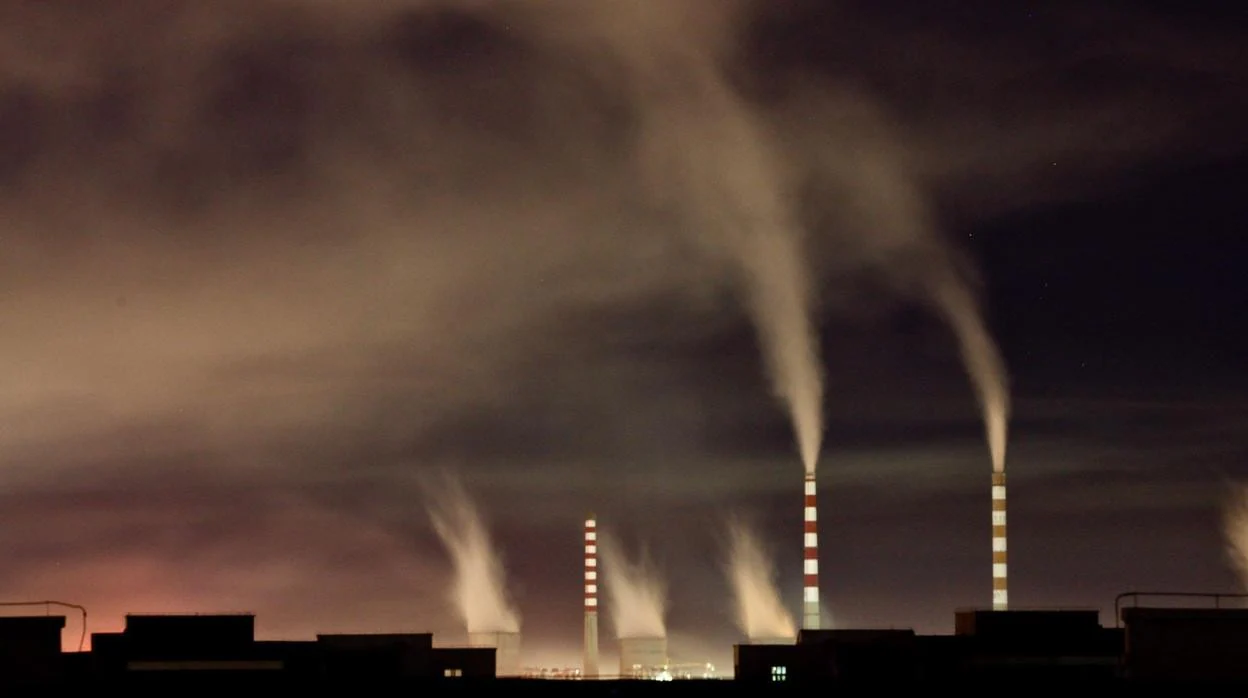Mikel Imizcoz, a researcher at the INAMAT2 Institute of the Public University of Navarra (UPNA), developed a method to transform carbon dioxide (CO₂) into renewable methane (CH₄) using solar light as an energy source. His work, stemming from his doctoral thesis, represents an advancement in CCUS technologies (carbon capture, storage, and utilization), crucial for reducing emissions in hard-to-decarbonize sectors such as the cement industry, aviation, or land and maritime transportation. Some of his findings were published in the journal Applied Catalysis B: Environment and Energy.
The research is based on the Sabatier reaction, a chemical process that combines CO₂ with hydrogen (H₂) to produce methane and water. For this purpose, Imizcoz developed ruthenium and nickel catalysts capable of harnessing solar energy through an innovative approach called photo-thermocatalysis. This method allows the catalyst to use solar radiation both to heat up and to induce photochemical reactions, optimizing the CO₂ conversion without the need for additional energy input.
The renewable methane obtained could replace natural gas in thermal power plants, generating carbon-neutral emissions, as the CO₂ emitted in combustion would be the same as that captured for its synthesis. Furthermore, its potential use in diesel engines makes it a viable alternative for road transportation.
As a final test, the catalysts were exposed to concentrated sunlight under real conditions, achieving methane production without the need for additional heat. This breakthrough demonstrates the technology’s potential to convert CO₂ into a sustainable fuel, contributing to the energy transition and the fight against climate change.

Can Methane Help the Environment?
Methane does not help the environment, as it is a greenhouse gas that contributes to global warming. However, reducing its emissions can help mitigate global warming and improve air quality.
This greenhouse gas traps more heat than carbon dioxide (CO2):
- Contributes to climate change and air quality deterioration
- Is responsible for nearly 25% of global warming
- How can methane emissions be reduced?
- By fixing leaks in gas pipelines
- Reducing flaring in oil wells and coal mines
- Implementing technologies to capture methane
Do you already know our YouTube channel? Subscribe now!

